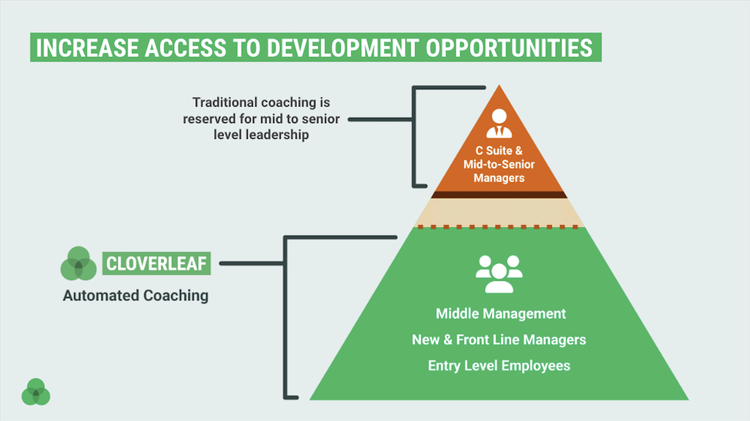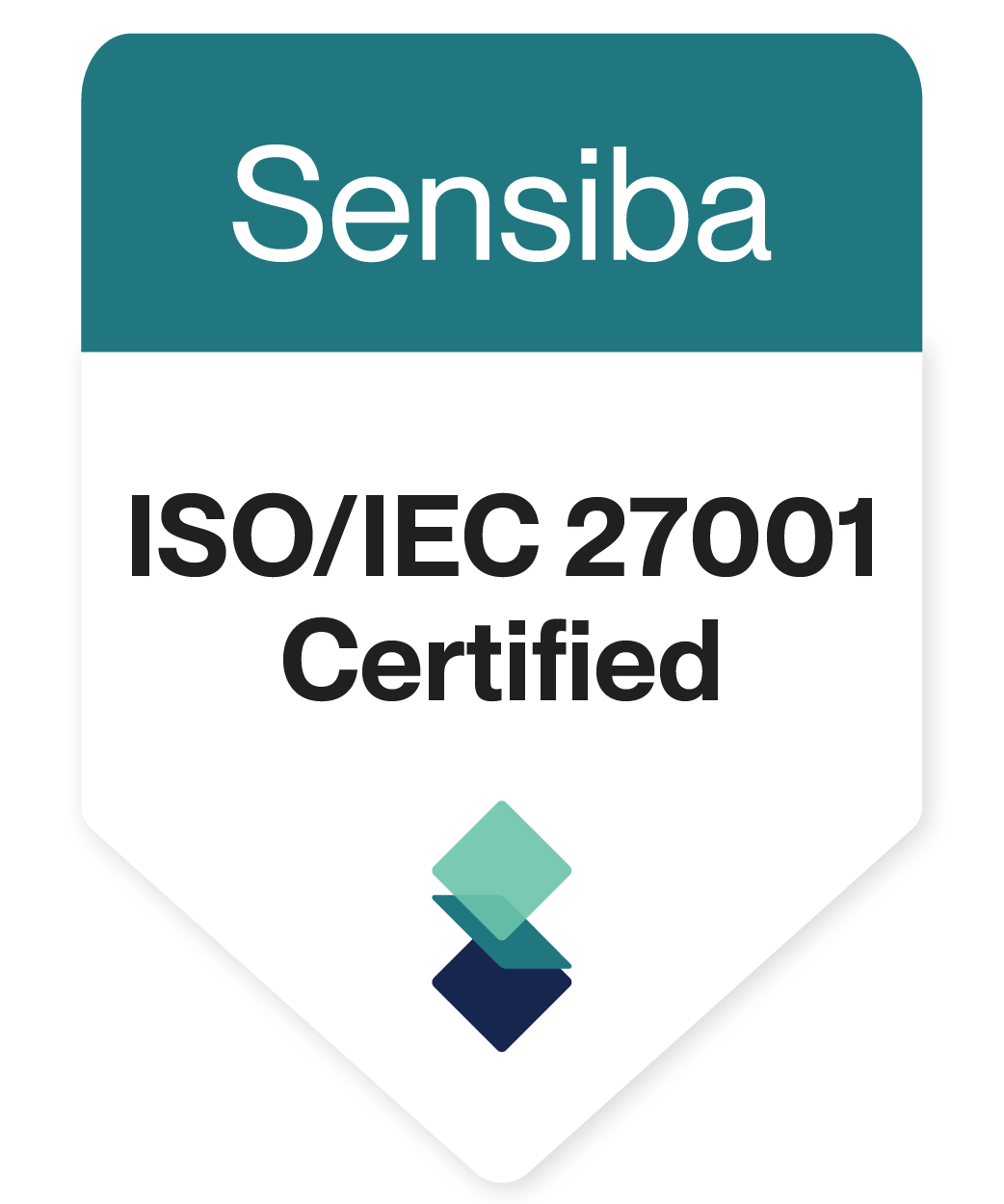For organizations striving to improve their workplace experience, it’s critical to first evaluate the effectiveness of their leaders. According to Gallup®, managers account for at least 70% of the variance in employee engagement scores across business units. What does this mean? To explore ideas for workplace improvement, one might first consider ideas for improving management skills within their leaders.
An employee’s experience with their manager will outweigh their overall workplace experience.
Organizations must know by now about the importance of incorporating an employee engagement strategy and how it impacts the work environment team members experience.
Leaders responsible for people strategy must prioritize leadership effectiveness. To do so, they must raise expectations for all who lead within the organization.
A Healthy Workplace Environment Requires More Than Technical Management Skills
Managing is about organizing, transacting, sorting, and problem-solving. It’s the tactical side of leading. Effective leadership comes from honed relationship-building and communication skills.
It would be great for work cultures if people were born with innate leadership skills; however, this is not the case (which is still up for debate amongst many scholars!).
Technical expertise or subject matter knowledge often lands individuals in leadership roles, but these skills do not guarantee effective leadership. Leading, motivating, and developing others require distinct abilities beyond managing.
Successfully navigating uncertainty and the modern challenges of management requires a more emotionally intelligent workplace and leader. Leaders at every level need to engage in professional development consistently. Those who do stand to improve company culture, build relationships, and experience retention.

3 Central Ideas For Workplace Improvement
Evaluate Leadership Effectiveness Within Your Organization
Leaders must determine their effectiveness to improve workplace experience, job satisfaction among team members, and employee performance. This means evaluating leadership effectiveness across functions and at every level of leadership.
Establishing a baseline allows organizations to identify growth areas and develop ideas for workplace improvement. By taking action to support leaders in reaching their potential, organizations can create a culture of open communication and personal development.
The following survey questions can help your team assess leadership effectiveness throughout your organization: (It is best to use a Likert scale (strongly disagree, disagree, agree, strongly agree) to gauge critical areas like well-being, teamwork, and workplace culture.
14 Questions To Measure Leadership Effectiveness
My manager articulates clear and consistent expectations to me in a timely fashion.
I feel comfortable approaching my manager with questions or challenges.
My manager effectively communicates with our team as a whole.
I feel respected and valued by my manager.
My manager takes my ideas and feedback into consideration about work-related matters.
My manager is open to feedback from me.
When warranted, my manager gives me specific and relevant recognition.
My manager provides opportunities for me to grow and develop in my role.
I feel comfortable respectfully disagreeing with my manager.
Senior leaders clearly articulate company goals and values.
My manager gives me positive or constructive feedback in a timely manner.
Senior leaders are open to ideas and feedback.
I feel heard and respected by senior leaders.
(Open response). If there was one thing you wish you could change about your relationship with your current manager, what would it be and why?
Creating a feedback loop can help organizations demonstrate company values, share ideas, and support a positive work environment. Giving employees consistent opportunities to share their input openly and acting upon the data gathered is a surefire to engage your team.
After an organization establishes a baseline for leadership effectiveness, people strategy leaders can make informed decisions around initiatives to leverage leadership strengths and fill identified gaps.

Prioritize Coaching In The Workplace
Supporting leaders in their development will often require educating them on the importance of adopting a coach approach to leadership. Practicing a coaching approach to leading implores people managers to shift their focus from telling and directing to asking and developing others.
Mutual trust is essential in coaching relationships, but it takes time and consistency to build. When feedback or coaching is given without mutual trust, it can be difficult for employees to receive. Leaders must cultivate a psychologically safe and supportive relationship to foster a coaching environment.
Leaders Who Listen Create Engaging Workplaces
At the heart of coaching lies a simple yet powerful act: listening. Too often, leaders talk too much! It’s easier for them to tell, instruct, train, or share stories from their experiences. These management styles are sometimes valuable, but without applying a coach approach too, leaders create workplaces where people report feeling undervalued. Employees feeling undervalued and unrecognized can result in disengagement, a significant driver of the dreaded “T-word” – turnover.

HUMAN SKILL PROGRAMS ARE HITTING LIMITATIONS...
5 THINGS THIS FREE RESOURCE WILL TEACH YOU
- Close the widening gap between learning and on-the-job application
- Overcome the tension of pausing productivity for development opportunities
- Integrate learning so it is actually in the flow of work
- The evolution of human skill development
- What Automated Coaching™ is and how it works.
Leverage Automated Coaching To Fast-Track Leadership Development
If organizations want to experience the benefits of coaching, they must provide their leaders and team members with the necessary tools to develop self-awareness. Doing so will also empower self-management and inspire collaboration throughout their teams.
Associating coaching with human resources, team-building activities, or training program initiatives is normal. And yes, training programs can help, but they often require a lot of planning, resources, and mindshare to get off the ground.
Automated Coaching is a faster, more effective way to develop the coaching muscles of the leaders, teams, and individuals inside an organization.
It’s no secret that leaders are busy and need efficient ways to help their teams strengthen communication, increase collaboration, and resolve conflicts quickly.
Daily coaching moments relevant to their schedule and interactions can help team members authentically connect. Experiencing in-the-moment coaching concerning themselves and how to manage their teams effectively can provide quick and subtle shifts to help leaders develop high-performing teams and engaged employees.
Every conscious decision to consider one’s leadership approach and the unique individuals one works alongside creates can add up to a positive work environment. The workplace will significantly improve as leaders and team members build mutual trust.
Encourage Work-Life Balance
Promoting work-life balance for employees is essential for improving the workplace and encouraging your team’s well-being. Employees with a healthy balance between their personal and work lives feel a greater sense of purpose and more willingly engage in their work.
It isn’t just about attracting talent. It’s retaining them. And that’s more important than ever… When employers support their employees’ work-life balance, they can enhance employees’ healthy lifestyles and keep them on board. – entrepreneur.com
By giving employees more control over their schedules, they can balance their personal and work life, resulting in greater job satisfaction and lower stress levels.
Many employers are also exploring hybrid work models that allow employees to work from home or other locations. This flexibility significantly benefits employees by cutting commuting costs, allowing them to lean into their work style and saving time.

Final Thoughts
People want to work and be part of a healthy workplace culture where they can contribute and grow. Leaders who practice coaching, understand the workforce’s desire for flexible work schedules, and recognize and appreciate employees’ unique talents will likely create a positive culture. Organizations that invest in workplace improvement focusing on leadership effectiveness foster environments where employees desire a future within the company.



